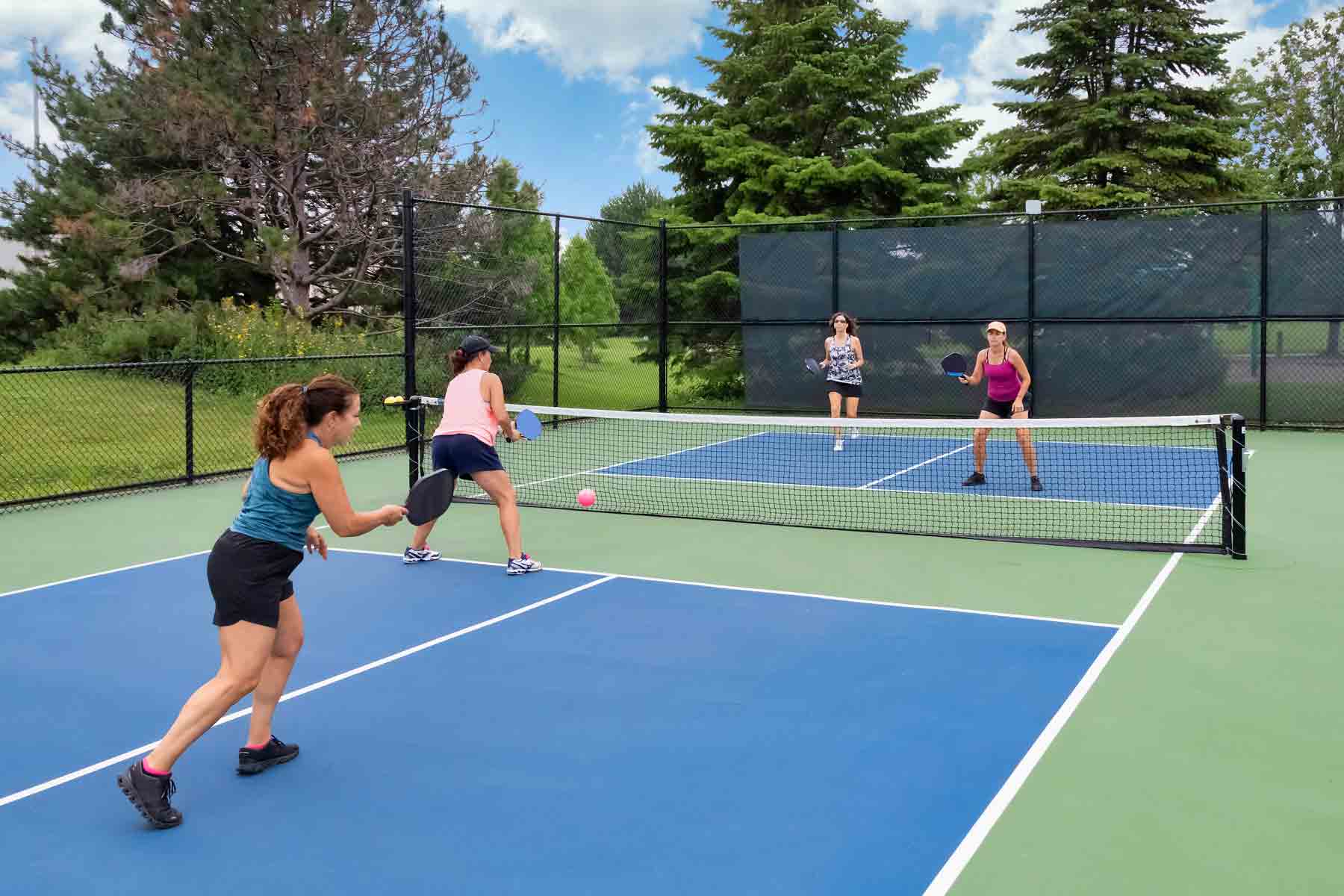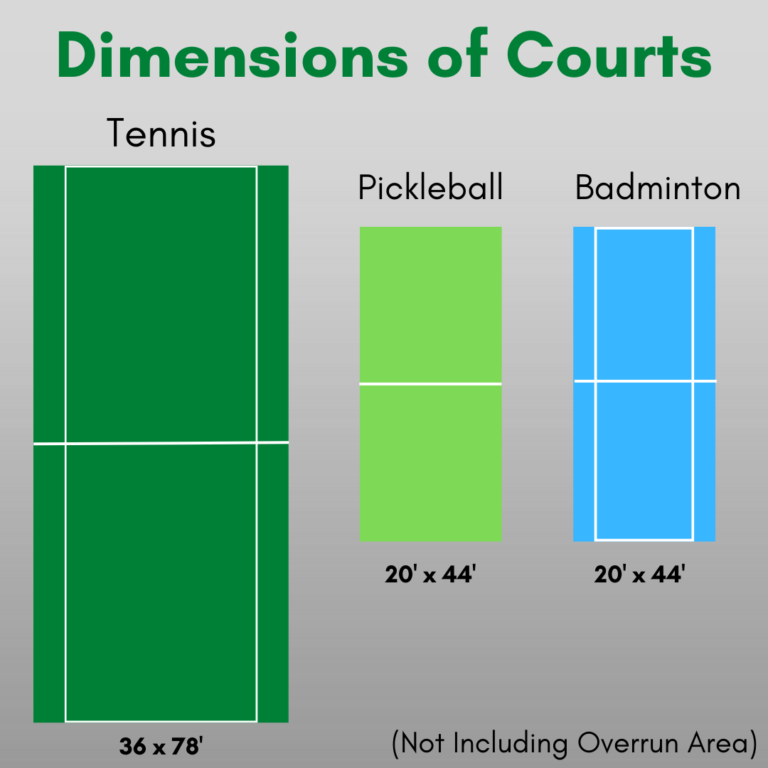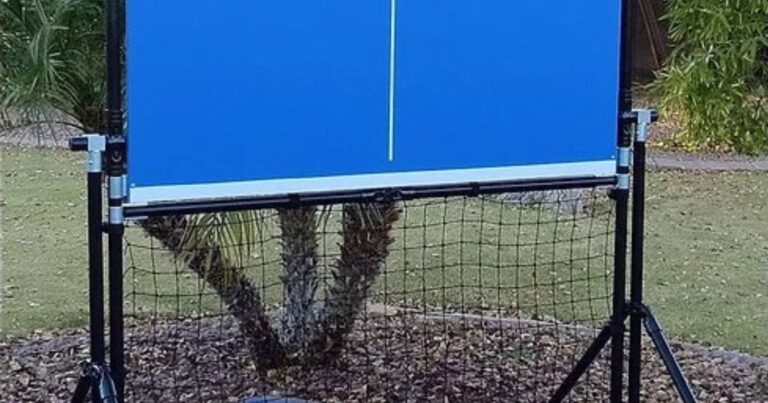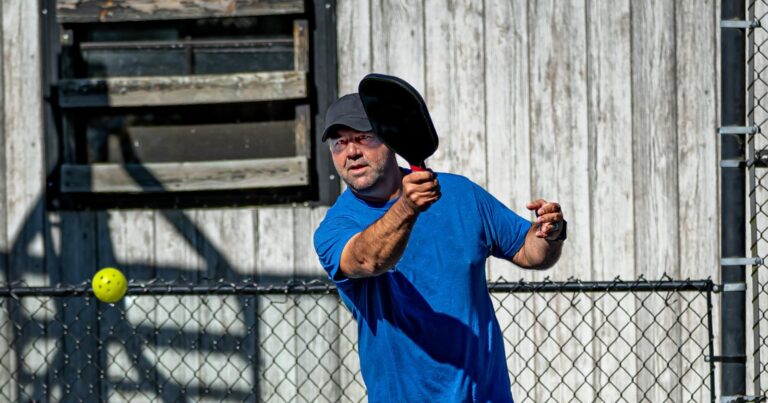How much to build a pickleball court – A Comprehensive Guide
Pickleball, the rapidly growing sport that syndicates elements of badminton, tennis, and ping pong, has enthusiasts flocking to courts across the globe. If you are considering building your own Pickleball court, you’re likely curious about the costs involved. In this guide, we’ll break down the factors influencing the expenses and provide you with a clear understanding of the “How much to build a pickleball court” game in your backyard.
How much to build a pickleball court?
The cost of building a Pickleball court can vary depending on factors such as location, court dimensions, surface material, and additional amenities. On average, you can expect to invest between $10,000 and $30,000 for a standard court. The choice of surface material, including options like asphalt, concrete, or sports court tiles, significantly influences the overall cost.
Factors such as fencing, lighting for night play, and accessories like benches and shade structures add to the expenses. Professional installation may incur additional costs, but it ensures a high-quality, durable court. It’s advisable to obtain quotes from local contractors and consider DIY options to tailor the project to your specific budget and preferences.
Factors Influencing the Cost
Factor 1: Location Matters
The first consideration is your location. Construction costs vary significantly based on geographical factors, local labour rates, and material availability. Coastal areas and metropolitan regions may incur higher expenses compared to rural locations. Costs can vary based on your geographical location, with urban areas and coastal regions generally being more expensive due to higher labour and material costs.
Factor 2: Court Surface Material

The choice of court surface material plays a pivotal role in determining the overall cost. Options range from asphalt and concrete to specialized sports court tiles. Each material has its unique characteristics and associated costs.
- Asphalt courts: $10,000 – $20,000
- Concrete courts: $15,000 – $25,000
- Sports court tiles: $20,000 – $30,000
Factor 3: Court Dimensions
Pickleball courts come in various sizes, but the standard dimensions are wide (20 feet, long-44 feet for a single court and 64 feet for a double court. Larger dimensions mean more materials and, consequently, higher costs.
- Standard single court (20 feet by 44 feet): $10,000 – $20,000
- Standard double court (34 feet by 64 feet): $15,000 – $30,000
Factor 4: Fencing and Lighting
To enhance gameplay and ensure safety, fencing is a crucial component of a Pickleball court. Additionally, if you plan to play during the evenings, investing in proper lighting is essential. Both these elements contribute to the overall cost.
- Essential chain-link fencing: $5,000 – $10,000
- High-quality fencing for enhanced aesthetics and durability: $10,000 – $20,000
- LED lighting for night play: $5,000 – $10,000
Factor 5: Accessories and Amenities
Consider the extras such as benches, shade structures, and storage areas for equipment. These amenities enhance the player experience but also add to the overall project cost. Benches, shade structures, and equipment storage: $2,000 – $5,000
Factor 6: DIY vs. Professional Installation
Opting for a professional installation ensures a high-quality, durable court, but it comes at a price. DIY projects may reduce labour costs, but they require a certain level of expertise and can be time-consuming.
- Hiring professionals for construction: $5,000 – $10,000
- DIY projects may have lower labour costs, but expenses for materials and equipment rental should be considered.
What is the cheapest option for a pickleball court building?
For budget-conscious Pickleball enthusiasts, transforming an existing badminton or tennis court can be a cost-effective option. Given Pickleball’s origins on a badminton court, adapting one to suit your needs is a practical approach. Similarly, tennis courts can be altered by using tape to adjust the lines to match those of a Pickleball court. Remarkably, a single tennis court can accommodate four Pickleball courts when organized appropriately.
To execute this conversion, all you need are basic supplies: court tape, a grease pencil or marker, and a tape measure. Court tape, ranging from $8 to $21 for a 200-foot roll, becomes the essential tool for marking boundaries. A measuring tape, priced at approximately $5, ensures precision, while a grease pencil, costing around $1, allows for easy line adjustments.
This budget-friendly option provides a significant cost advantage, making Pickleball accessible without breaking the bank. As an additional cost-saving measure, utilizing a badminton net temporarily can suffice. However, investing in a dedicated pickleball net, which typically costs around $50, ensures the proper height required for
Pickleball play 36 inches at the sides and 34 inches at the centre court. This economical approach allows Pickleball enthusiasts to enjoy the game without compromising on quality or affordability.
What are the key components included in a standard Pickleball kit?
Investing in a Pickleball kit, priced between $200 and $400, offers a convenient way to kickstart your Pickleball journey. These kits typically include a portable or permanent net, four paddles, six to 12 balls, and a roll of court tape, providing everything needed for a game. For a budget-friendly alternative, the non-volley and volley areas can be marked with tape, eliminating the need for additional expenses.
For those aiming for a professional touch, achieving the look of a painted grass court is possible with grass paint, available in cans or gallons, costing between $50 and $105. This specially formulated turf paint ensures a vibrant appearance, mimicking the professionally designed courts found in sports arenas, including football fields.
However, creating the perfect Pickleball court involves considering your yard’s terrain. If your yard is flat and spacious, the cost remains within the paint and tape expenses. Yet, additional costs may arise if your yard requires tree removal or shrub clearing. Handling a single tree removal can average around $400, though costs may vary depending on your location.
For yards that need more extensive work, such as excavation and levelling, hiring a landscaping crew becomes essential. This service can range from $500 to $5,000, depending on the complexity of the job. Excavation and levelling may incur additional costs, typically falling in the range of $500 to $1,000, ensuring a smooth and even playing surface for your Pickleball court.
How does repurposing an existing hard court?
The essential hard court forms the foundation for a dynamic and exhilarating Pickleball experience. When considering this type of court, factors such as location, materials, and dimensions play a crucial role. Hard courts, often made of asphalt or concrete, offer durability and a consistent playing surface. For a budget-friendly approach, repurposing an existing hard court, such as a tennis or badminton court, can be a cost-effective strategy. By adapting the court dimensions and using court tape, enthusiasts can seamlessly transform the space into a Pickleball haven. This option not only saves on construction costs but also provides a sturdy base for Pickleball gameplay.
To elevate the aesthetics and professionalism of your hard court, consider investing in additional features such as proper fencing, lighting for night play, and designated areas for players. While these additions may incur extra expenses, they contribute to an enhanced and safe Pickleball experience. The essential hard court lays the groundwork for countless hours of enjoyment, fitness, and friendly competition. Whether you’re a casual player or a passionate Pickleball enthusiast, the versatility and resilience of a well-designed hard court set the stage for an unforgettable Pickleball journey.
What communities should do that want to build a Pickleball complex?
Communities that prioritize building a Pickleball complex often include retirement communities, active adult communities, suburban neighbourhoods, and recreational areas. These communities typically seek to provide diverse recreational opportunities for residents of all ages and skill levels. The growing popularity of Pickleball, known for its accessibility and appeal to a wide demographic, makes it an attractive addition to community facilities. Additionally, municipalities and local governments may also express interest in constructing Pickleball complexes as part of their recreational infrastructure to promote health, community engagement, and overall well-being.
Cost to convert a tennis court to Pickleball
Converting a tennis court into pickleball courts has gained significant traction due to the widespread popularity of Pickleball. Many families and neighbourhoods are opting to repurpose old tennis courts, investing approximately $5,000 to $20,000 per conversion. This cost encompasses resurfacing the courts, replacing components, painting new game lines, and upgrading lighting to create four dedicated pickleball courts.
In contrast, constructing a new tennis court comes with a price tag ranging from $40,000 to $100,000 for a standard 120′ x 60′ court. Transforming an underutilized tennis court into four vibrant pickleball courts not only maximizes space but also presents a practical and cost-effective solution to recoup initial investment costs. This adaptive approach not only aligns with the surging popularity of Pickleball but also serves as a strategic use of existing infrastructure to meet the demands of an evolving recreational landscape.
The Final Thoughts
The question “How much to build a pickleball court” invites a thoughtful exploration of various cost considerations and conversion possibilities. From repurposing old tennis courts to constructing dedicated pickleball facilities, the financial investment ranges from $5,000 to $20,000 for conversions and $40,000 to $100,000 for new constructions. The adaptability of repurposing underutilized spaces not only aligns with the surge in Pickleball’s popularity but also offers a cost-effective approach to meeting the recreational needs of families and communities. Whether converting an existing court or embarking on a new construction, the investment in a pickleball court promises not only a vibrant recreational space but also a strategic use of resources for long-term community enjoyment.
FAQs
What is the cost of building a new pickleball court from scratch?
Building a new pickleball court can cost between $40,000 and $100,000, depending on factors such as location, court dimensions, and amenities.
Can I save costs by converting a tennis court instead of building a new pickleball court?
Indeed, converting an existing tennis court into multiple pickleball courts is a cost-effective option, allowing you to repurpose underutilized spaces and potentially recoup initial tennis court construction costs.
Are there additional costs besides construction for a pickleball court? A:
Additional costs may include fencing, lighting, seating, and amenities like benches or shade structures. These factors contribute to the overall investment in creating a functional and enjoyable pickleball facility.
What are the cost differences based on the location for building a pickleball court?
The cost of building a pickleball court can vary based on geographical factors, with urban and coastal areas often incurring higher expenses due to increased labour and material costs.
Can I convert a different type of court, like a badminton court, into a pickleball court?
Yes, repurposing other court types, such as badminton or even basketball courts, is possible and can provide a budget-friendly alternative, depending on the existing infrastructure.
Are there DIY options for building a pickleball court to save on labour costs?
While DIY options may reduce labour costs, building a pickleball court requires specific expertise. It’s essential to weigh the benefits of professional installation against the challenges of a DIY approach.
For the latest updates follow us on Google News:



![COURT TIME TO CALORIES CALCULATOR ONLINE FREE & EASY [2026] 4 court time to calories calculator online](https://choosepickleballs.com/wp-content/uploads/2025/11/5-768x432.png)
![Approved pickleball calories burned calculator [2025] 5 pickleball calories burned calculator](https://choosepickleballs.com/wp-content/uploads/2025/11/pickleball-calories-burned-calculator-768x432.jpg)



One Comment
Comments are closed.